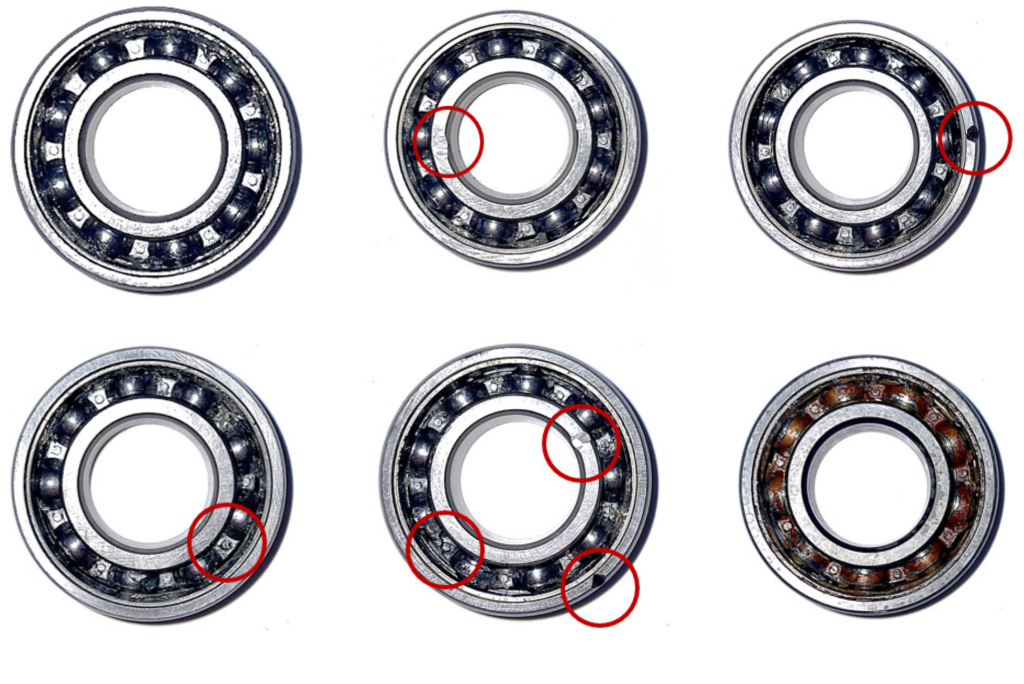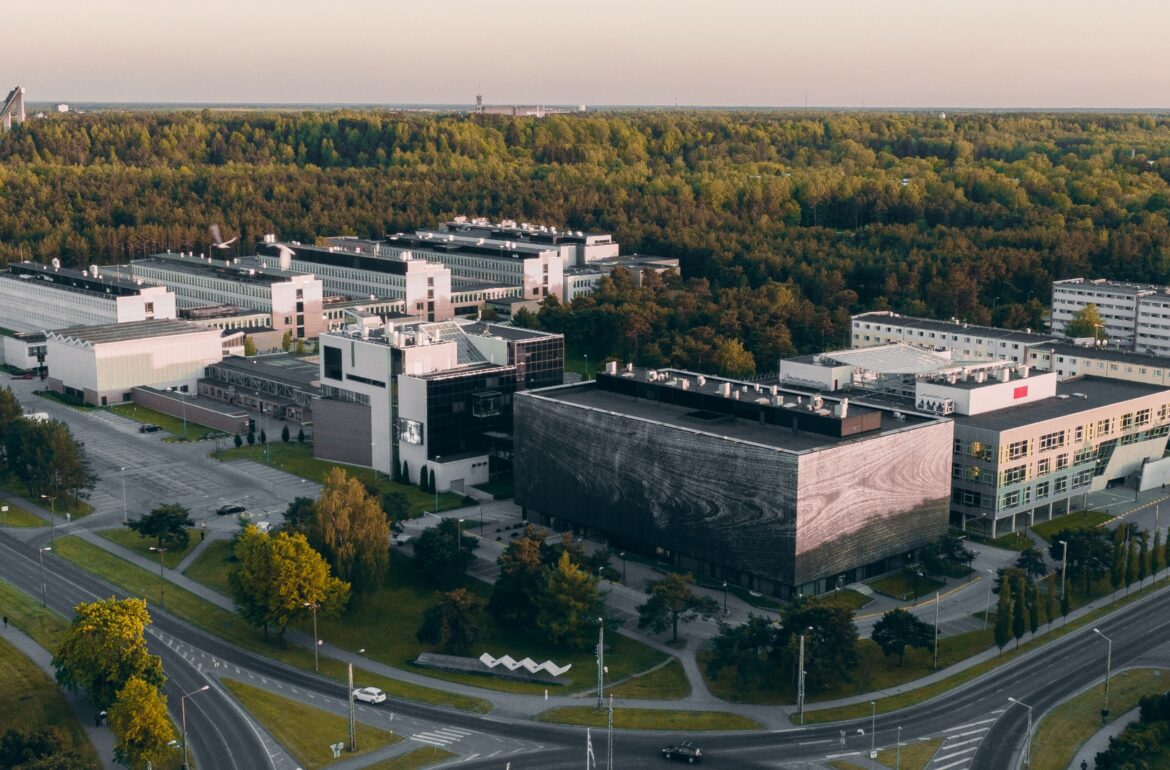Electrical energy has been the hot topic for talks during the past year all around the world. Providing cheap and reliable electricity is not only the question of energy generation, but also doing it in a sustainable, reliable and failure-proof way.
Today’s IT solutions open new horizons for conducting precise and effective diagnostics and condition monitoring, combining real objects with the virtual world. To show the potential, a consortium has been put together to research the industrial internet methods for electrical energy conversion systems monitoring and diagnostics.
Modern energy systems, such as wind turbines, motor drives in industry, and electric vehicles are prone to failures, resulting in loss of production, unavailability of services, or environmental disasters in a worst case. Electrical, mechanical, and thermal stresses are directly or indirectly responsible for these failures. To prevent these issues, energy systems must be regularly checked through routines and schedule specified by the manufactures. This schedule-based condition monitoring approach provides very little information on the remaining lifetime of the devices and does not allow for their prognostic and full exploitation. Furthermore, it is costly and presents problems related to the fact that devices might fail in between the routine check, which causes environmental risks and unsustainable use of resources.
To overcome the drawbacks, EMONDI project has been brought to life in a partnership between VilniusTech (Lithuania), TalTech (Estonia), Riga Technical University (Latvia) and University of Agder (Norway). In this project, the consortium presents solutions by combining virtual sensors with powerful artificial intelligence tools. Models of the underlying devices are developed, which can run in real time and thus serve as virtual sensors fed by real operation data from the actual devices. The virtual sensors will monitor thermal, mechanical, and electrical stresses. The data from the sensors will be used in failure models to predict the remaining lifetime of the devices allowing for fault-tolerant and overload usage of the said devices, as well as condition-based maintenance.
This is possible if the models are used in combination with artificial intelligence or machine learning engines running in the clouds. The data for training the artificial intelligence engines will be generated from physical models of the devices, such as the finite element models of electrical machines, or in some cases from reduced models of these devices, to speed up the learning process. The methodology is expected to detect localized failure potentials in critical components, such as bearings, gearboxes, motors and generators. The possibility to apply the methodology to power electronic devices will be investigated.
To demonstrate the possibilities of diagnostics opened by the usage of industrial internet, several test setups are being built in the laboratory environment. The digital twin of an autonomous electric vehicle drivetrain has already been completed. The work is going on for building a digital twin of a wind turbine, taking real life data from weather stations.
Project leader in TalTech, Dr Toomas Vaimann, senior researcher of Electrical Machines Research Group, Department of Electrical Power Engineering and Mechatronics, states: “For years the condition monitoring and diagnostics of large scale was problematic due to big data involved in the monitoring systems and high computational resource, needed to deal with it. Today, the IT solutions solve that problem, giving way for more flexible diagnostics and maintenance, in especially those places where remote monitoring is the only feasible way to track what is actually going on”.

Further information
Dr Toomas Vaimann
toomas.vaimann@taltech.ee
Latest publications on EMONDI project
Kudelina, K.; Baraškova, T.; Shirokova, V.; Vaimann, T.; Rassõlkin, A. (2022). Fault Detecting Accuracy of Mechanical Damages in Rolling Bearings. Machines, 10 (2), #86. DOI: 10.3390/machines10020086.
Autsou, S.; Rassõlkin, A.; Vaimann, T.; Kudelina, K. (2022). Possible Faults and Diagnostic Methods Analysis of Cartesian Industrial Robot. Proceedings of the Estonian Academy of Sciences, 71 (3), 1−14. DOI: 10.3176/proc.2022.3.04.
Kudelina, K.; Asad, B.; Vaimann, T.; Rassõlkin, A.; Kallaste, A.; Huynh, V. K. (2021). Methods of Condition Monitoring and Fault Detection for Electrical Machines. Energies, 14 (22), #7459. DOI: 10.3390/en14227459.
Asad, B.; Vaimann, T.; Belahcen, A.; Kallaste, A.; Rassõlkin, A.; Ghafarokhi, P. S.; Kudelina, K. (2021). Transient Modeling and Recovery of Non-Stationary Fault Signature for Condition Monitoring of Induction Motors. Applied Sciences, 11 (6), 2806−2823. DOI: 10.3390/app11062806.
Kudelina, K.; Vaimann, T.; Asad, B.; Rassõlkin, A.; Kallaste, A.; Demidova, G. (2021). Trends and Challenges in Intelligent Condition Monitoring of Electrical Machines Using Machine Learning. Applied Sciences, 11 (6), #2761. DOI: 10.3390/app11062761.
 Back
Back



